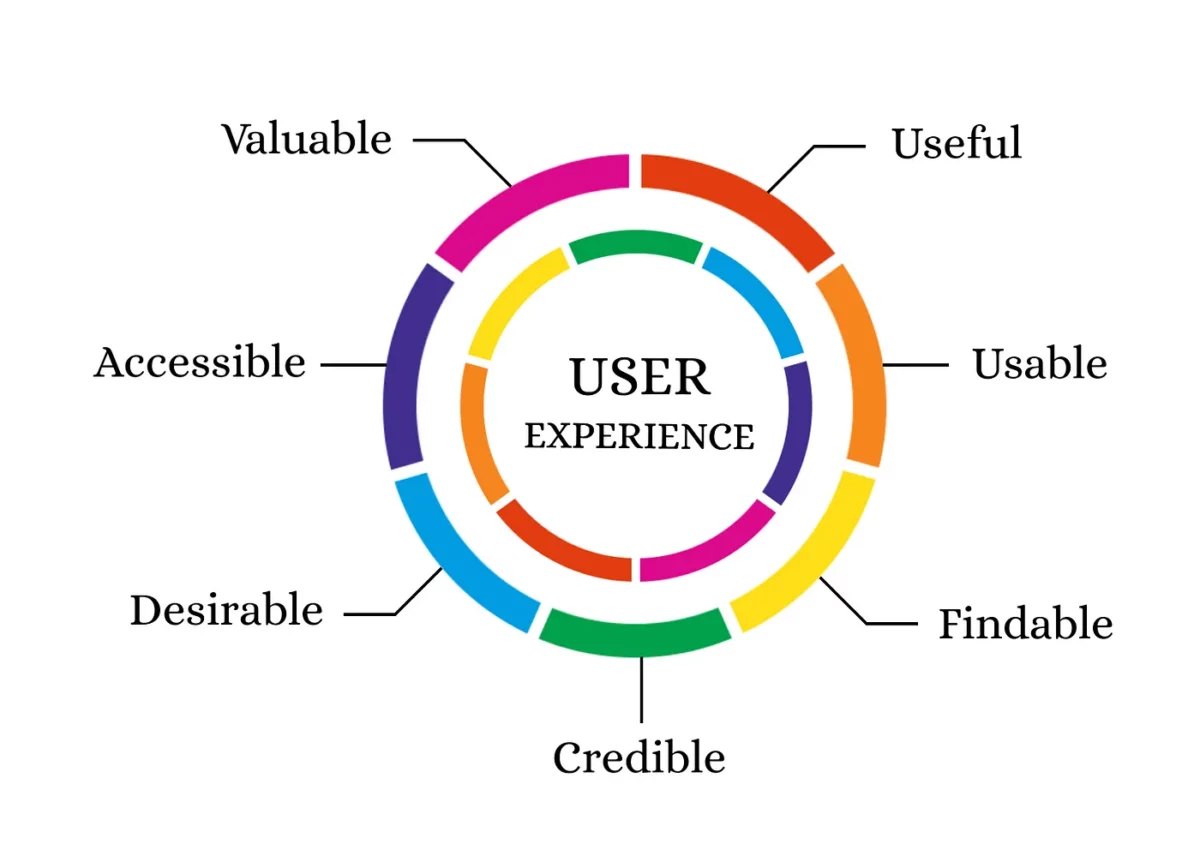With such a hyper-competitive business landscape, building a following of loyal customers is essential for sustainable business growth. If you want to stay ahead of the competition, you must have a sound strategy for attracting and retaining customers, which today, goes beyond simply providing flashy discounts and gimmicks for your products and services.
Today’s customers are more discerning and if you want them to be loyal to your brand, you have to be authentic and gain their trust — and one of the best ways to do this is by providing an exceptional user experience (UX).
UX encompasses every interaction a customer has with your brand, from their very first touchpoint and impression all the way through to the final engagement even after they have received your product or service. If at any point during this journey, the customer has a bad experience, it can impact their overall impression of your brand and lead to distrust.
On the other hand, if a customer has a positive user experience, it will lead to repeat purchases, brand loyalty, positive reviews, and overall increased satisfaction. UX design is the foundation that supports great experiences that lead to customer loyalty.
This article will explore key UX design strategies for exceptional customer experiences and business growth.
1. Know Your Customer
The first step in any UX strategy should be user research. First impressions can impact customer loyalty, and the key to good first impressions is thoroughly understanding who your customers are and what they want.
Every interaction a customer has with your brand is important, but the first interaction can leave the most lasting impression, so you want to make it good. For example, if a customer first visits your website and nothing on your site seems to actually cater to their needs or pain points, then they aren’t likely to stick around.
So before you do anything else, take the time to research your users or target audience. What are their pain points? What trends are they currently interested in? How can your product or service make their life better? These are important questions to ask to ensure your website, social media accounts, and any other content leave a more positive lasting impression.
2. User-Centric Design
Interfaces and content should put the customer or user at the center of the design process. To do this, consider the customer’s journey to ensure every touchpoint is designed with them in mind.
This includes how they find your website or social media pages, how easily they can navigate your interfaces to find what they are looking for, how easily they can get help or support, how easily they can complete a transaction, and what the follow-up experience is like. Every possible interaction they could have should put their needs first.
3. Consistent Messaging and Design
It’s important to maintain consistent design and messaging across all touchpoints to ensure the user has a coherent experience that helps build brand awareness and trust. This means color schemes, typography, imagery, and tone and voice all need to be consistent across your website, social media, apps, and product design. This helps your customers paint a very clear picture in their heads of your brand, which helps them build a connection and a sense of trust.
4. Effortless Navigation and Accessibility
Your customers should be able to easily navigate your website or other interfaces without any difficulty. This means creating a simple, intuitive, accessible design that anyone can use. The goal should be to make it as user-friendly as possible.
This can be achieved with minimal or simplistic designs, fast-loading pages, and avoiding any colors or images that are distracting. It also means ensuring the design is accessible for users who might have disabilities, such as by ensuring your pages and content can be read by accessibility devices, like screen readers. This includes making your audio elements just as accessible and clear as your visual elements.
5. Emotional Connection and Personalization
To show customers that you truly appreciate and value them, it’s important to try to build an emotional connection with them. This is achieved by creating tailor-made personalized experiences. Think customized emails and content with personalized recommendations and offers. The more you can show your customers that you see them as an individual and can cater to their unique preferences, the more you will gain their loyalty and trust.
6. Agility
The quality of service and response times also play an important role in user experience. The more flexible, quick, and responsive your company is to customer demands, the more their satisfaction will increase. To do this, you need to adopt agile methodologies, such as extreme programming (XP).
XP is a framework that values and aims to improve software quality and flexibility, moving products quickly to market, and being responsive to customer demands. There are five values that XP is based on, which helps teams work faster and more efficiently:
- Simplicity: Large processes are broken down into smaller, more achievable tasks that can be accomplished more quickly.
- Communication: Teams work together and communicate in real-time every day to ensure everyone is on the same page and understands what is expected of them.
- Feedback: Feedback is provided often and taken seriously so necessary changes can be made as quickly as possible.
- Respect: All members of the team are respected and their contributions are valued. This includes listening to and respecting customers.
- Courage: Everyone upholds honesty about current progress and teams accept responsibility for failure without excuses or trying to place blame elsewhere.
The idea behind this methodology is that it ensures everyone is working effectively together and thus is more agile and flexible, as well as faster when it comes to meeting customer needs and demands.
7. Security and Transparency
Another important aspect of UX design that builds trust and loyalty is transparency. It’s important to be upfront with users about what data of theirs you are using as well as how you are keeping that data secure. When you communicate openly and honestly about these things, customers will feel safer when interacting with your brand and will know that they can trust you to keep their information safe.
8. User-Based Testing
Testing your designs is crucial when it comes to UX. User-based testing helps you uncover potential problems, discover opportunities for improvement, and learn more about your users so you can tailor your interfaces to their needs.
There are a few different types of usability testing you can conduct, including:
- Unmoderated remote testing
- Lab testing
- Contextual inquiry
- Session recording
- Card sorting
Which tests you want to use will depend on the individual needs of your company and your users, so research each of them thoroughly to determine the right testing plan for your business. Data analytics tools can also help you analyze test results to derive insights that can be used to make improvements as needed.
Final Thoughts
If you want to grow a following of loyal customers who will keep your business running successfully, you must adopt modern UX strategies. UX is essential for building lasting relationships with your customers that are founded on trust. The more you center your customers in your approach and put their needs first, the more you improve their overall experiences and satisfaction, which will lead to repeat purchases and help you attract new customers.
![]() Give feedback about this article
Give feedback about this article
Were sorry to hear about that, give us a chance to improve.
Error: Contact form not found.




